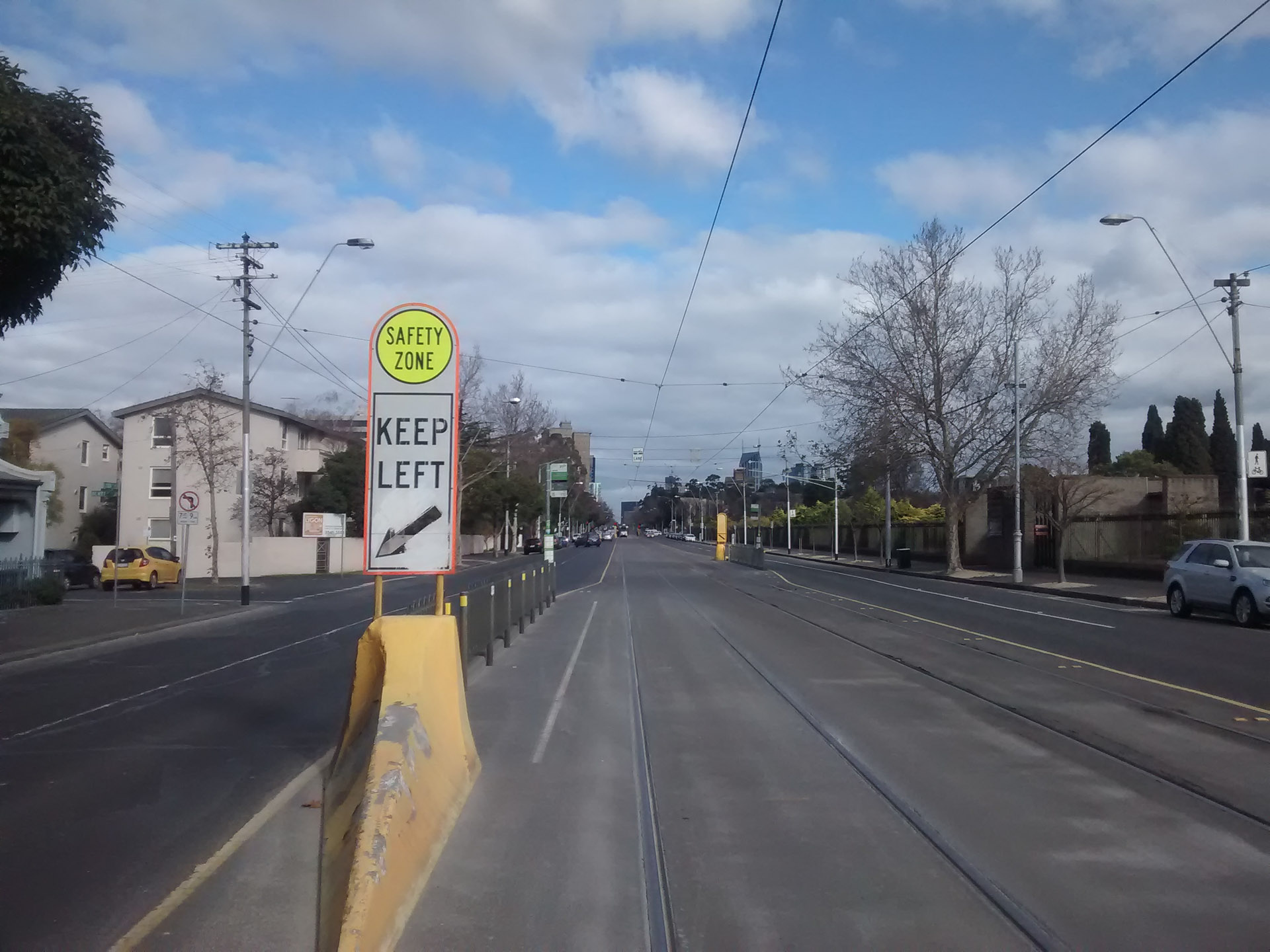Motorola Moto E Smartphone Review > Stock Android, Fixed-Focus Camera
Stock Android, Fixed-Focus Camera
The current version of Android running on the Motorola Moto E is Android 4.4.4 'KitKat', with essentially no modifications made to the stock Google experience. This is good for a number of reasons: Motorola hasn't spent development fourth dimension on a pointless skin; the vanilla Android feel is visually pleasing and more coherent than a tertiary-party UI; and the telephone hasn't been bogged down past unnecessary extra features.
Of course on college-cease phones you might want additional features embedded in the operating system, merely on an entry-level device where you want the best performance and battery life, often it's all-time to leave extras to third-party apps.

Every bit the bulk of the software on the Moto E is just stock Android 4.4, you can head over to my Nexus 5 review to get a total breakdown on what the software is like.
There are three extra apps included on the Moto E that are an add-on to the stock Google applications institute in Android 4.four. Motorola Migrate is the easiest to explain: it makes the process of moving from one phone to another as piece of cake equally possible, guiding you through simple steps to transfer contacts and other data.
1 of my personal favourites is Aid, which allows the Moto East to automatically change settings when certain triggers are met. For example, when information technology's dark time, or when you lot're in a meeting (based on what you accept in your calendar), Help can automatically plough your phone into silent manner, among other things. Unfortunately the triggers are basic on the Moto E's version of Assistance, with Motorola having restricted the more flexible Drive and Home trigger modes to their higher-end handsets.

Alert is the third application included on the Moto Due east, allowing you to send automated messages and make calls to select contacts in the outcome of an emergency. Once you've set the app, clicking the emergency button can both text and call your emergency contact, sending out of import data similar your location in a streamlined mode.
It as well allows you to send out your location quickly to contacts so yous can organize encounter-ups with ease, either through a one-off text message or a series of messages as you change location. The final characteristic allows you to send letters automatically when you enter or go out saved locations, such as your house, which could come up in handy tracking the safety of children.
Of the few additions included on the Moto Eastward, Warning is a fantastic first-political party application.
Camera
Like the Motorola Moto G, the Moto Eastward makes use of Aptina's 5-megapixel AR0543 one/4" CMOS, with 1.4µm pixels, paired with a surprisingly narrow (for a smartphone) 38mm-constructive f/two.four lens. There's no front-facing camera on this smartphone, nor is there an LED flash, and the rear camera is capable of 480p video recording.



Easily the biggest downside to the Moto E'south camera system is the fixed-focus lens. I tore the Nokia X'south camera organisation to shreds for having a dumbphone-like fixed-focus lens (among other deficiencies), and the Moto East deserves the aforementioned treatment. At to the lowest degree half the photos I desire to take on a camera crave a focus length shorter than what the camera can do, and that sucks.
Trying to take photos of flowers, food, items in your mitt, business organisation cards and even people (at times) is basically impossible on the Moto E. Autofocus is an admittedly essential feature on any phone photographic camera system because if y'all don't have information technology, the camera's flexibility becomes severely reduced. I would far rather Motorola used a cheaper lens or sensor than remove autofocus equally function of their price cutting regime.

Unsurprisingly the quality from the sensor itself is poor. Although white balance is oft accurate, colour saturation is way nether what it should be, and dynamic range is lacking. 5-megapixel images are never going to be fantastic in terms of sharpness and clarity, simply images taken on the Moto E are peculiarly lacklustre thanks to aggressive sharpening filters being applied in post.
Despite relatively sizable pixels (one.4µm), the Moto E isn't capable of decent depression-light photography, hindered by the f/2.4 lens and quality of the CMOS. And if you really want to illuminate your shots, you can't, as at that place'southward no LED flash (although this is typical for an entry-level handset).



The camera app is besides quite barebones, offering a basic HDR and panorama mode, and that's pretty much it. You can tap anywhere on the display to capture an image (no touch-to-focus considering at that place's no autofocus), and a pocket-size push engages video mode. I wouldn't exactly say captures are instant, only I haven't seen an entry-level smartphone nevertheless that offers a zero-delay shutter.
The Moto E shoots standard definiton video only, with a strange resolution of 864 x 480 that'southward slightly wider than 16:9. The audio quality is proficient, but equally expected the video quality is on-par with the mediocre still photographic camera. Videos themselves are captured in Baseline H.264 with a bitrate of 8 Mbps.
Source: https://www.techspot.com/review/862-motorola-moto-e/page4.html
Posted by: parkeriner1984.blogspot.com


0 Response to "Motorola Moto E Smartphone Review > Stock Android, Fixed-Focus Camera"
Post a Comment